Ecuador, Chorrera culture (1300 - 300 BC).
Height 6.8 cm, diameter about 11 cm.
The state of preservation is visible in the photos, there are depressions and cracks.
Another vessel with engraved decoration: https://artsandculture.google.com/asset/circular-bowl-0001/5QFgmymHxx95PA
The vessel comes from the extensive collection of a Polish engineer who worked on road construction in Ecuador in the 1970s-80s.
Free shipping within EU. ! I send parcels by insured mail (DPD or DHL). All items are packed very carefully. Payment by international bank transfer.
The Chorrera culture (c. 1300–300 BC) is, after the Valdivia and Machalilla cultures, the culture in which artists made ceramic vessels. However, it was not until the Chorrera culture that artists developed so many types of vessels and diverse representations of people and animals. Ceramics could have a practical use, such as bottles to hold drinks, but they very often had a religious or ritual significance. Figurines or bottles with small additional holes also served as musical instruments: they could produce a sound similar to a whistle, and the two-chambered vessels also produced a sound when liquids were poured between the compartments. The representations of animals and people by artists of the Chorrera culture are quite naturalistic, but with some simplifications and more or less stylization. In the region of present-day Ecuador, the Chorrera civilization was followed by a period of regional development, during which several civilizations developed, including La Tolita-Tumaco, Jama Coaque, Bahía, and Guangala. The ceramics of each of these cultures developed many characteristics, often moving away from the "classic" and naturalistic ceramics of the Chorrera culture.



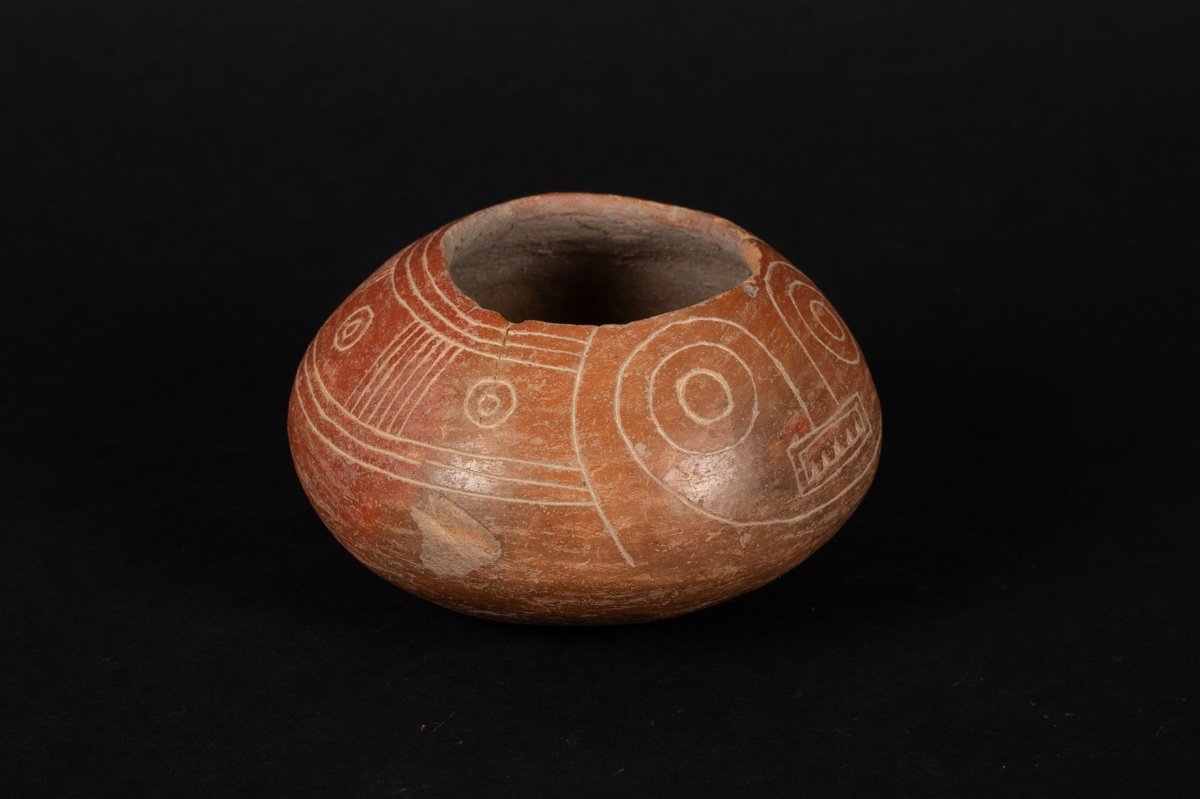
























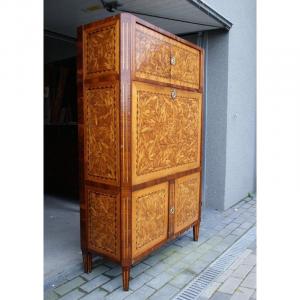

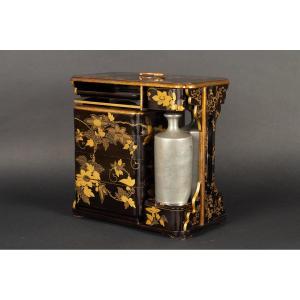




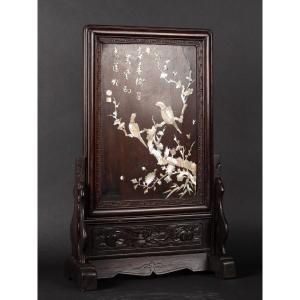
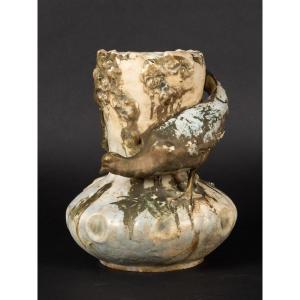
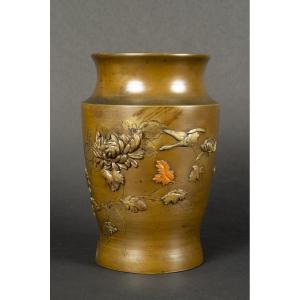

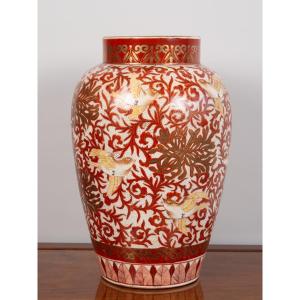
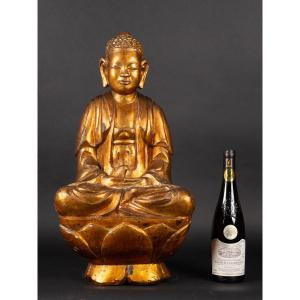

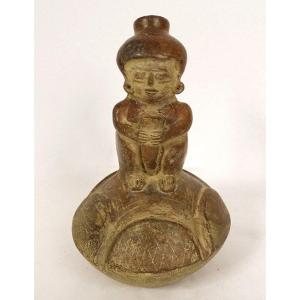

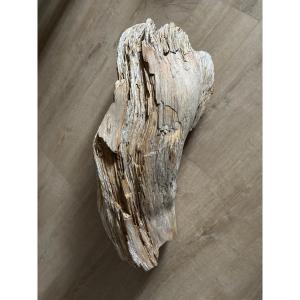





 Le Magazine de PROANTIC
Le Magazine de PROANTIC TRÉSORS Magazine
TRÉSORS Magazine Rivista Artiquariato
Rivista Artiquariato